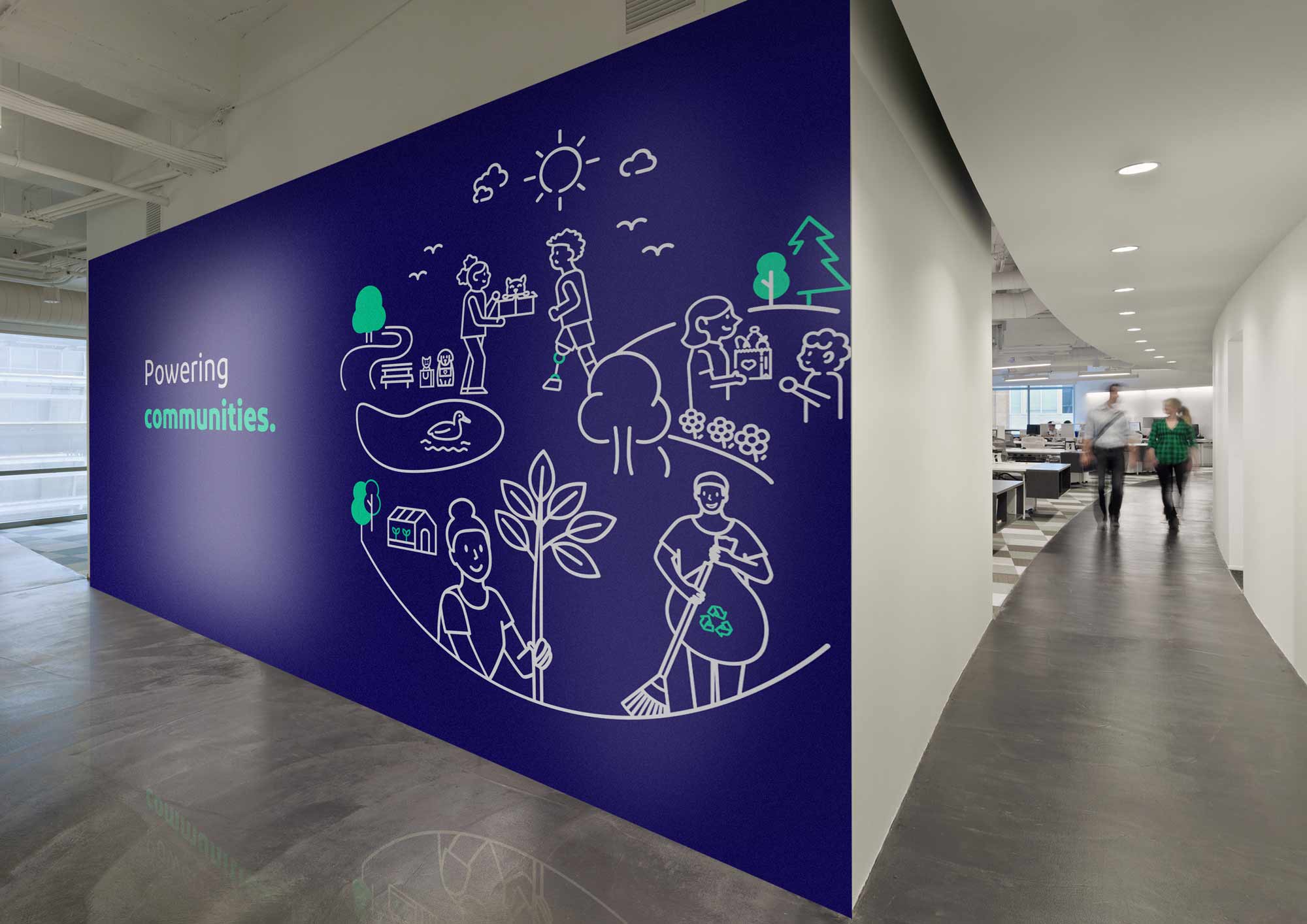The simple truth is that users now depend on visuals to be the deciding factor in choosing what content is worth engaging with. In a content-first, social-first atmosphere because people are constantly bombarded with content its important to get your message across quickly, pack a punch, and make it as easy as possible to consume and engage. Without the right imagery – the audience might as well be looking at a blank canvas. There is no company or brand in the world that isn’t engaging in some sort of visual content strategy.
Visual storytelling and content strategies – no matter how well crafted – all come down to the visuals that drive the message. If a great story is paired with a bad visual, it will lose credibility and therefore, be rendered uninteresting to its audience. Add in the rapid pace of information consumption by the mobile set, and visuals become the most important channel in connecting a brand or message with the user.
For many, employing a content strategy – whether piecemeal or with full support – has been a successful way to cast a wider net and engage with audiences they have never been able to reach. However, while most everyone has tapped into this channel – not all are doing it well. By curating imagery that is relevant, authentic and useful, a brand can effectively change the course of their business for the better.
With more than half of people being visual learners, the argument for supporting content with images can’t be argued. Large blocks of content will turn off a casual user, so splitting up body text with images that relate specifically to the content helps the user to fully engage and understand the message – enabling them to ‘imagine’ themselves within the content (using the product, going to the place, etc).
Infographics can also be a useful tool to make complex or mass amounts of information more engaging. For a brand that needs to show a product in action or express a truly experiential point of view – video or presentations can be a great resource.
The quality video has been shown to increase conversion by more than 80% percent and slide share presentations can educate a customer base almost immediately. And it’s not even all about the content, it’s about how the image presents itself, literally. Create tall, narrow content with mobile screens in mind. The taller the piece of content, the longer the impression and the more likely engagement will be made. Use a high resolution, optimized for web images that won’t show up blurry. Even large brands that use low-quality imagery from time to time receive less than optimal engagement on that particular content. The quality of photography is perhaps the most important aspect in a visual content strategy.
Different approaches must be leveraged for various platforms. A website, for instance, should almost always present itself with professional, if not studio photography that fully represents the brand’s point of view. While this may not be the cheapest endeavor, the ROI is powerful. Custom photography will tie the site together and can also be used in print as well as digital marketing materials. Alternately, images used on social media should be a blend of direct on-brand product or custom photography, relevant stock photography and candid lifestyle shots. This allows the user to see that the brand has a strong point of view as well as personality. While it’s important to integrate personality, not getting too ‘personal’ should be the goal.
Remembering that visual content is the user’s eye into a brand, image selection should not be taken lightly. Generating content that aims to truly resonate with the user on a consistent basis will bring heightened brand awareness and ultimate conversion.









